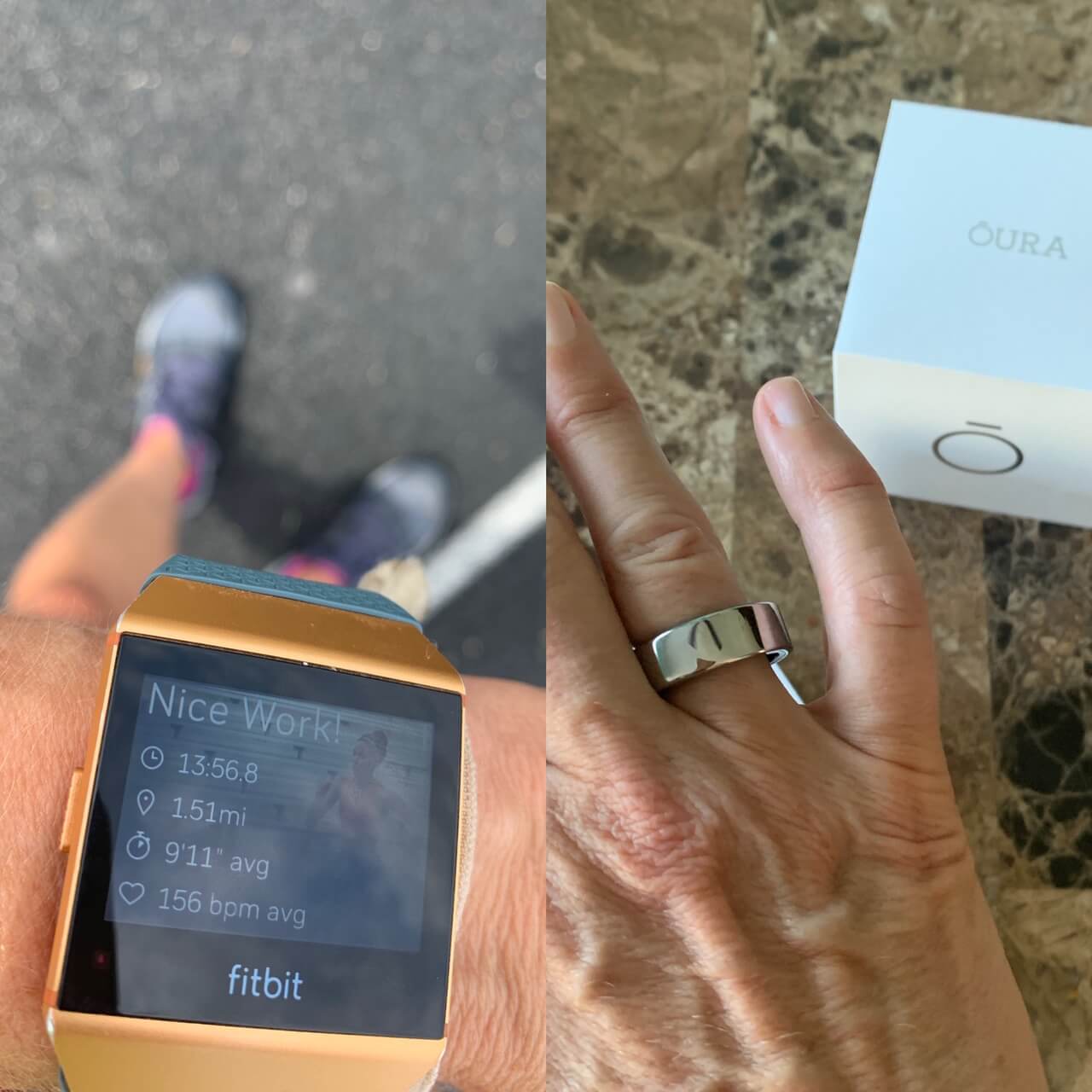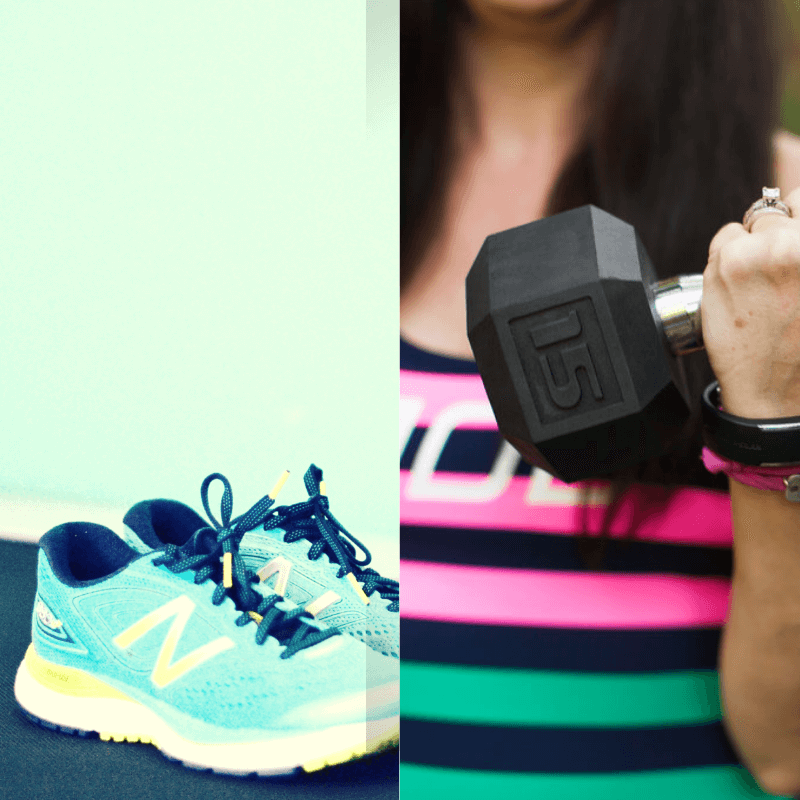More is not always better. Look at the preteen who is experimenting with makeup, your uncle with a penchant for beer drinking or the old lady on your block who has 17 cats. All of these in small amounts can be good, but too much of a good thing is still too much.
Sometimes people take health and fitness too far. If the American Heart Association says 150 minutes of cardio per week is good for my heart, then 500 minutes must be better! If eating protein is healthy, I must eat three times my bodyweight in grams of protein! If working out five days a week is good, then seven days a week must be better. If I'm not getting the results I want, I should push harder and do more.
Not so fast. Just like with makeup, alcohol, and cats, more is not always better when it comes to exercise. Tim Ferris talks about the Minimum Effective Dose Theory in his book, the Four Hour Body (which I admit, I have not read, I only have read about the theory). I like the concept and I'll expand on it in my own way, which may be different than he originally intended.
What is the minimum you need to do to achieve the results you desire? Keeping in mind that more is not always better, is it possible you are doing more than needed and are hindering your results?
Of course, the key of the theory is 'effective'. It's not about doing the minimum all the time, even though I do set bare minimum goals for myself. I interpret the Minimum Effective Dose theory as doing the minimum that is effective and not more to the point of detriment. Depending on your goals, the minimum effective dose may still be a lot of hard work. If you're training to run a marathon your minimum effective dose is a shit load of miles every week (haha). It depends on your goals and your fitness abilities.
If you exercise too intensely or too frequently (or some combination of the two) for your fitness abilities, it can inhibit you from reaching your goals. When the negatives start to outweigh the positives, you've taken it too far. If you ignore the initial signs of overtraining it could lead to injury and you won't be able to train at all.
Why more is not always better. How to find balance with exercise. Save to Pinterest for later.
(In my best Jeff Foxworthy voice...)
Signs of Overtraining: You May Need to Rest If:
If you feel aches, pains or muscle soreness that lingers longer than usual, it's your body telling you it's time to rest.
If your resting heart-rate is elevated beyond normal for a few days, it's time to rest.
If you notice a sustained decrease in performance, then it's time to rest.
If you have "heavy" legs while running, it's time to rest.
If you can't sleep despite feeling exhausted, then it's time to rest.
If you are reaching for caffeine to give you the energy to get through the day, it might be time to rest.
If you're getting sick more often, it's a clear sign of a weakened immune system and it's definitely time to rest.
Recovery Protocol
Exercise causes stress on your body. It's good to stress your body with exercise because that's how you send it the signal to grow stronger, get faster and fitter. However, the adaptation happens during the rest after you exercise, not during the exercise session itself. That means if you don't allow the proper time for recovery, you won't see the full benefits of your hard work, and you may risk injury, overtraining or burnout. The more intense the exercise and the older you get (damnit) the more time your body needs to recover.
If you're stressed at work, at home or if you haven't been sleeping well, then you may need even more time to recover. It's all connected. Your recovery protocol should be dynamic, which means it changes day by day, month by month, year by year. One week you may need an extra day or two of rest, then the next you may feel great to go at full throttle. When you're forty you definitely need more rest than you did when you were twenty (damnit).
So how do you know how much recovery time you need? Your body will tell you, you just have to learn to listen to what it is telling you and honor that communication.
Most athletes (yes, I mean you) need to take at least one to two full rest days a week. Active recovery exercises like walking, foam rolling and stretching are perfect ways to keep moving in a gentle way on rest days.
Are you getting 7-8 hours of quality sleep per night? Sleep plays an important role in stress levels, recovery and regulation of hormones. Most of our body's recovery processes happen while we are sleeping. If you are not currently getting at least seven hours of sleep, it's the first step I would take to optime recovery.
Less is More When it Comes to High-Intensity Exercise
No one like to hear this but most athletes will thrive on just one or two high-intensity exercise sessions a week. A highly trained athlete with an optimized recovery protocol may be able to handle three. Remember the minimum effective dose theory? You'll get better results with fewer high-intensity sessions that include proper recovery than you will with more high-intensity sessions that you are not properly recovering from.
Strive for Balance: Not Too Much, Not Too Little
The key is to find the balance between not enough exercise to make an impact and too much that causes detriment. Our goal achievement depends on us to be able to find that balance. If you don't work hard enough, you won't see results, but if you push yourself too hard, you may sabotage your results.
An exercise program should be a mix of high-intensity exercises, low-intensity exercises, stretching, cardio, strength-training, mobility work and recovery days. Athletes that put all their focus on one component of fitness and ignore the others will end up unbalanced and that can be unhealthy.
Fitness should ultimately be about health. Sure, you may want to achieve lofty performance goals and look good in a swimsuit (I was going to say 'naked' but this a blog is rated G). However, if you keep health as your first priority and let the defined abs and sculpted arms be a welcomed side-effect, you'll be a lot more successful in achieving optimal health and longevity.
So take an extra rest day if you need it. Listen to your body. Work hard. Sleep. Eat for health. You got this.












The single-leg deadlift is one of the most effective exercises for runners to improve balance and build independent hip and leg strength to run strong and reduce the chance of injury. Learn to perform the single-leg deadlift properly, and how to progress the exercise for continuous improvements.